- News
- Reviews
- Bikes
- Accessories
- Accessories - misc
- Computer mounts
- Bags
- Bar ends
- Bike bags & cases
- Bottle cages
- Bottles
- Cameras
- Car racks
- Child seats
- Computers
- Glasses
- GPS units
- Helmets
- Lights - front
- Lights - rear
- Lights - sets
- Locks
- Mirrors
- Mudguards
- Racks
- Pumps & CO2 inflators
- Puncture kits
- Reflectives
- Smart watches
- Stands and racks
- Trailers
- Clothing
- Components
- Bar tape & grips
- Bottom brackets
- Brake & gear cables
- Brake & STI levers
- Brake pads & spares
- Brakes
- Cassettes & freewheels
- Chains
- Chainsets & chainrings
- Derailleurs - front
- Derailleurs - rear
- Forks
- Gear levers & shifters
- Groupsets
- Handlebars & extensions
- Headsets
- Hubs
- Inner tubes
- Pedals
- Quick releases & skewers
- Saddles
- Seatposts
- Stems
- Wheels
- Tyres
- Health, fitness and nutrition
- Tools and workshop
- Miscellaneous
- Tubeless valves
- Buyers Guides
- Features
- Forum
- Recommends
- Podcast
BUYER'S GUIDE
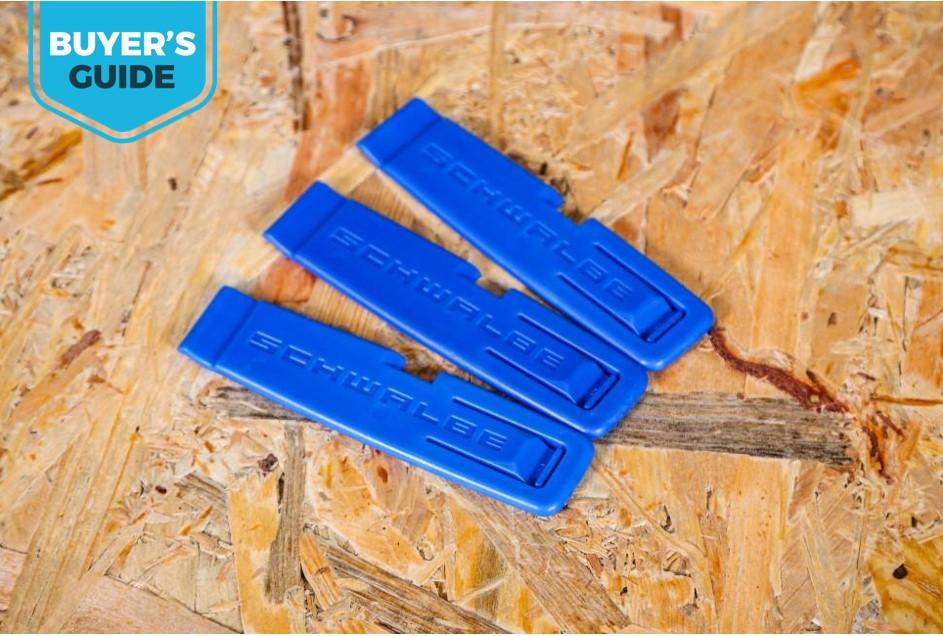 tyre levers buyers guide lead image
tyre levers buyers guide lead imageBest tyre levers for cycling 2025 — make light work of puncture repairs and tyre swaps on your bike
Tyre levers are a humble but essential part of any cyclist's toolkit. We've pulled hundreds of tyres off wheels over the years to figure out which do the job well, and which don't. These, we reckon, are the best tyre levers you can buy.
- Best tyre levers overall: Schwalbe Tyre Levers — Buy Now for £3.79 from eBay | Find out more
- Best long tyre levers: Lezyne Power Lever XL — Buy Now for £5.00 from Tredz | Find out more
- Best money-no-object tyre levers: Silca Tyre Lever Premio Set — Buy Now for £17.00 from Sigma Sports | Find out more
- Best budget cycling tyre levers: Tacx Tyre Levers — Buy Now for £1.79 from Certini Bicycle Co. | Find out more
- Best heavy duty cycling tyre levers: Park Tool TL-5 — Buy Now for £24.74 from Amazon | Find out more
Tyre levers aren't a big investment, but it's worth making sure you choose the best tyre levers so when your ride is interrupted by a puncture you can get back underway quickly and easily. Most tyre levers nowadays are plastic, and you might never need anything tougher; but steel or alloy options do still exist for really stubborn tyre/rim combinations.
Starting from around £2, there's no excuse not to have some tyre levers stashed on your bike or person whenever you head out of the door. Forget them and the rest of your puncture repair kit, and unless you have fingers of steel you could find yourself walking home if you get a flat.
The best cycling tyre levers you can buy
Best tyre levers overall: Schwalbe Tyre Levers — Buy Now for £3.79 from eBay
Tough, a perfectly shaped bead hook and some nifty built-in clips that help mount tyres... there's pretty much nothing to dislike about Schwalbe's classic tyre levers, so they got a 10/10 review score from us.
These levers have a small but clever extra wrinkle that makes mounting tyres a breeze. They're also super tough and can deal with the tightest tyre/rim combinations. They're among the best tyre levers you can buy, and they're also compact so very easy to stash away.
Any negatives? Only if you don't like the blue, because that's the only colour!
Read our review of the Schwalbe Tyre Levers
Best long tyre levers: Lezyne Power Lever XL — Buy Now for £5.00 from Tredz
With plenty of leverage and tough nylon construction, Lezyne's Power Lever XL tyre levers are well worth adding to your toolbox if you have a tight tyre and rim combination. They're about 3cm longer than regular tyre levers and that adds up to a lot of extra oomph for persuading reluctant tyres off rims. You can get longer metal levers, but the size and weight makes them workshop items. At just 57g, the Power Lever XLs are light enough to carry around.
Best money-no-object: Silca Tyre Lever Premio Set — Buy Now for £17.00 from Sigma Sports
Silca has a well-earned reputation for sublimely-functional tools and accessories engineered to perfection, with price tags to match. These tyre levers set out to solve a specific problem - the damage-free removal of b*stard-tight tubeless tyres from expensive carbon rims, that is. To achieve this, Silca has used a forged alloy blade and wrapped a 'reinforced nylon rim shield' around it. The alloy bit extends to the hook you insert under the bead, while the surface touching the rim is nylon-coated. Completing the feature list are the 'wings' that tuck in behind a spoke to hold the first portion of bead off while you deliver the denouement with the second lever.
Due to the high strength full-metal blade, Tire Levers Premio are 25-30% narrower than other lever designs, making them ideal for very tight tyres and tubeless setups where access to the tyre bead is very tight.
Best budget: Tacx Tyre Levers — Buy Now for £1.79 from Certini Bicycle Co.
Available in numerous colours, the secret to these Tacx levers is good, ergonomic design. There's no gimmicks, and no clever marketing: just reliable and inexpensive performance. Supplied in sets of three, their banana profile might raise eyebrows but is surprisingly effective compared with traditional models and makes short work of stubborn rubber.
Read our review of the Tacx Tyre Levers
Best heavy duty: Park Tool TL-5 — Buy Now for £24.74 from Amazon
Sometimes there's just no substitute for a lengthy slab of metal to get the leverage needed to shift a really stubborn tyre from the rim. That's where Park Tool's 20cm-long steel tyres levers come in, providing the oomph needed to separate even the tightest tyre and rim combination. They're heavy, and if your daily ride needs levers this beefy to shift the tyres you might consider a change of tyre and wheel combination, but if you sometimes encounter hard-to-shift tyres, it's worth having a pair in your toolbox.
Topeak Shuttle Levers 1.2 — Buy Now for £4.80 from Tweeks Cycles
Made of 'high strength matrix polymer and engineering grade reinforced plastic', Topeak Shuttle Levers feel stiff in the hand and up for a proper wrestle with a recalcitrant tyre bead. The tips of both levers are finely pointed, with a nice curvature perfect for getting between a tight-fitting bead and rim.
Clipping together into a neat set, they pop easily into a saddlebag or hang on a toolboard. The larger black lever is a good 15cm long, so not a contender for a small saddlebag – but that huge leverage spread across the broad, rounded hand-end is very welcome when things need to get 'persuasive'.
Birzman Wedge Tyre Lever Set — Buy Now for £2.99 from Prendas Ciclismo
Birzman Wedge Tyre Levers work well and come in searing green so they're easy to find in your tool bag. These radioactive green nylon levers are rigid, and their 110mm length offers enough leverage to get all but the most stubborn wire beaded tyre off without bending or snapping. The nylon composite is kind on carbon and on painted or anodized rims, and don't scratch the surface when running the lever along the beading of the tyre. Hooks on each lever help it cling to a spoke while you prise off the next section of tyre away from the wheel.
The set of three neatly stack together to take up less space in your tool kit. The moulding also has a bit to help you deflate Shraeder valves, which is handy.
Park Tool TL-1.2 Tyre Levers — Buy Now for £3.49 from Rutland Cycling
Upgraded to be stronger, smoother and more versatile according to Park Tool, the TL-1.2 features a new material and redesigned tip for easier entry - Park Tool also says these will work on stubborn tubeless rim/tyre combos, and the design should lift the tyre away from the rim hassle-free. There's also a spoke hook for when multiple levers are needed.
Pedro's Tyre Levers — Buy Now for £4.50 from Merlin Cycles
A firm favourite of many cyclists for roadside tyre fitment and removal, Pedro's Tyre Levers appear to be compatible with most tyre/rim combinations and will last you for years (a lifetime warranty adds further peace of mind in case longevity is a worry though)
They're available in several fairly lurid colours such as these pink ones, so you won't have any problems locating them in a grassy verge. There's nothing particularly exotic about their composition – we're talking beefy, reinforced plastics – but good engineering separates them from otherwise capable competition.
Muc-Off Rim Stix — Buy Now for £4.60 from Merlin Cycles
The Muc-Off Rim Stix, while a little bulky, are very strong tyre levers that can help get even the most stubborn tyres off the rim. Key to the design is a very slim hooked profile on a fairly wide overall shape. It's easy to fit this under the tyre bead and make that initial pull off the rim.
The Rim Stix are longer than most tyre levers and the extra leverage is useful. They also have a moulded shape on the inside that helps keep the lever in shape, almost matching the shape of the rim.
Crankbrothers Speedier Tyre Lever — Buy Now for £5.50 from Merlin Cycles
The Crankbrothers Speedier Tyre Lever makes the fitting and removal of tyres quicker and easier for not a lot of outlay, according to reviewer Stu Kerton. It works on the majority of tyre and wheel combinations while also removing the risk of pinching the inner tube.
How it works is simple. At one end you have a standard looking curved hook, like any other tyre lever on the market, for removing the tyre. Tuck it in under the bead of the tyre and whizz it around the rim, popping the tyre over the outside edge of the wheel. The lever is designed so that you wrap your fingers around the bottom flat section and the D-shaped section protects you from scraping the bark off your knuckles should the lever slip.
Everything you need to know about tyre levers
Tyres are of course designed to fit tightly with the rims they're meant to work with... the trouble is that the bike industry has so far been unable to definitively make tyres or rims to a dimensional standard and tolerance so that every 25mm, 700c tyre will fit a 19mm wide, 700c rim in a uniform way, to give one example.
Every now and then it's possible to find a tyre/rim combo where the fit is either so sloppy that the tyre simply falls into place, or one that is so tight that it takes an army of burly tool-wielding mechanics to get the last few inches of bead over the rim edge. It's a good idea to have a combo that can be fitted entirely by hand - most tyres can be fitted to most rims with good technique and some decent hand strength. So why bother with a tyre lever?
Well, that one time you get a flat and you have to fix it in the middle of nowhere and you don't have a tyre lever to hand, you're going to look pretty silly if you can't do it when it's wet and cold and your fingers are going numb. Tyre levers weigh practically nothing, and rather than being the thing you have to rely on to fit your tyres, it's something you should have to hand to get that last few inches of tyre bead on easily.
If you're really bending and forcing your levers to do the job, it's probably time to look again at the tyres you're running. Your tyre-mounting technique could also be a root cause of the problem, so it's worth going over your technique to make sure you're doing it right.
Assuming you're happy with your tyre/rim combo, the next thing to consider is the material of your rims. Carbon rims need to be treated with a bit of extra care compared to alloy wheels, so it's definitely not a good idea to scratch or gouge them. To avoid this, we'd recommend avoiding the use of metal tyre levers if you can, on carbon rims especially. Metal tyre levers are largely a thing of the past, although thermonuclear like the Park Tool TL-5s are still sometimes the only way to remove really, really tight tyres. But nowadays, there are lots of tough plastic options that should remove all but the most stubborn tyres.
Of your plastic options, some are harder and less flexible and occasionally brittle. It is possible to snap them, but you have to try pretty hard to do that.
On the other end of the spectrum are bendy and flexible levers. Sometimes they can be so flexy that they fail to offer enough leverage. Some are made flexible by the poor plastic production, others start out stiff but soften after repeated use.
So, the styles to choose from are pretty limited; sort of like pencils, the design is tried and tested and hasn't really changed much over the years. Because they're cheap and won't break the bank, most seasoned cyclists tend to build up a solid collection of levers to cover all bases and any tyre/rim combination.
You'll notice that some (but not all) tyre levers have a hook on the opposite side to the tongue. This feature allows you to use multiple levers on the same tyre without running out of hands. To achieve this, work a lever under the tyre bead and cantilever the lever over the edge of the rim to lift the bead. Then, carefully place the hooked end around the nearest spoke and allow the tension to hold it in position.
You can now take a second lever, place it under the lifted bead to the side of the first lever and work it a few inches along, before repeating the cantilever procedure. With both levers lifting the bead, you should be able to grasp the lifted section of the deflated tyre carcass between the levers with a firm jolting motion, and roll it off with your hands.
This is just one method, and not all tyre levers have hooks on them. Some mechanics swear by putting both levers under the bead before using them to lift the bead, and the hook method sometimes isn't possible if the tyre is too tight. More often than not you'll probably find that one lever does the job, and as we've already reiterated, it's worth doing some trial and error to find your ideal tyre/rim combo that's neither too tight nor too slippy - and tyre levers themselves are usually cheap, so take a look at our recommendations and find the perfect set for you.
About road.cc Buyer's Guides
The aim of road.cc buyer's guides is to give you the most, authoritative, objective and up-to-date buying advice. We continuously update and republish our guides, checking prices, availability and looking for the best deals.
Our guides include links to websites where you can buy the featured products. Like most sites we make a small amount of money if you buy something after clicking on one of those links. We want you to be happy with what you buy, so we only include a product if we think it's one of the best of its kind.
As far as possible that means recommending equipment that we have actually reviewed, but we also include products that are popular, highly-regarded benchmarks in their categories.
Here's some more information on how road.cc makes money.
You can also find further guides on our sister sites off.road.cc and ebiketips.
road.cc buyer's guides are maintained by the road.cc tech team. Email us with comments, corrections or queries.
Jack has been writing about cycling and multisport for over a decade, arriving at road.cc via 220 Triathlon Magazine in 2017. He worked across all areas of the website including tech, news and video, and also contributed to eBikeTips before being named Editor of road.cc in 2021 (much to his surprise). Jack has been hooked on cycling since his student days, and currently has a Trek 1.2 for winter riding, a beloved Bickerton folding bike for getting around town and an extra beloved custom Ridley Helium SLX for fantasising about going fast in his stable. Jack has never won a bike race, but does have a master's degree in print journalism and two Guinness World Records for pogo sticking (it's a long story).
Latest Comments
- chrisonabike 19 min 36 sec ago
As noted the problem is mixing modes again. No driveways, no need for drivers in a hurry to cross footways or cycle paths. No problem!...
- Homebaker 1 hour 16 min ago
Oh you can't block roads, what if I need to drive my elderly aunt to the emergency hospital, and even though there are better routes, I want to go...
- chrisonabike 2 hours 43 min ago
Tier scooters - When visiting Keynsham I found several apparently dumped (not all at once - could have been the same ones? )...
- mdavidford 2 hours 48 min ago
The answer to this is to have no friends.
- Backladder 4 hours 41 min ago
While original sash windows are nice they make it very hard to keep the house warm, we eventually went for upvc double glazed sash window...
- Andrewbanshee 6 hours 5 min ago
As you said the pedals will be hidden anyway. My shoes, 3 pairs of them, have reflective strips on the heel and my winter trousers do too on the...
- Steve K 6 hours 6 min ago
Other drivers only care about disabled people when it gives them a way to object to cycling infrastructure.
- mark1a 14 hours 9 min ago
I'll put you down as a no then.



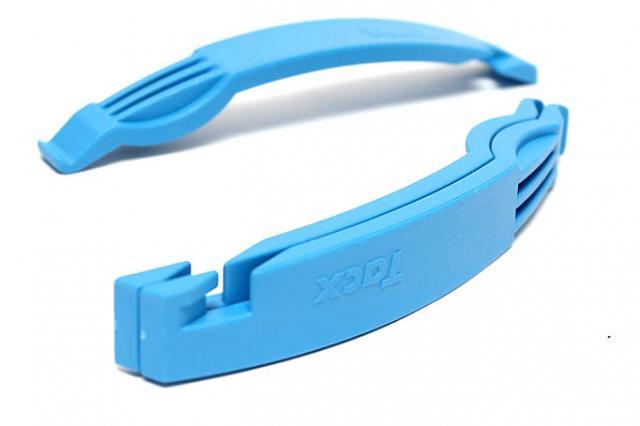

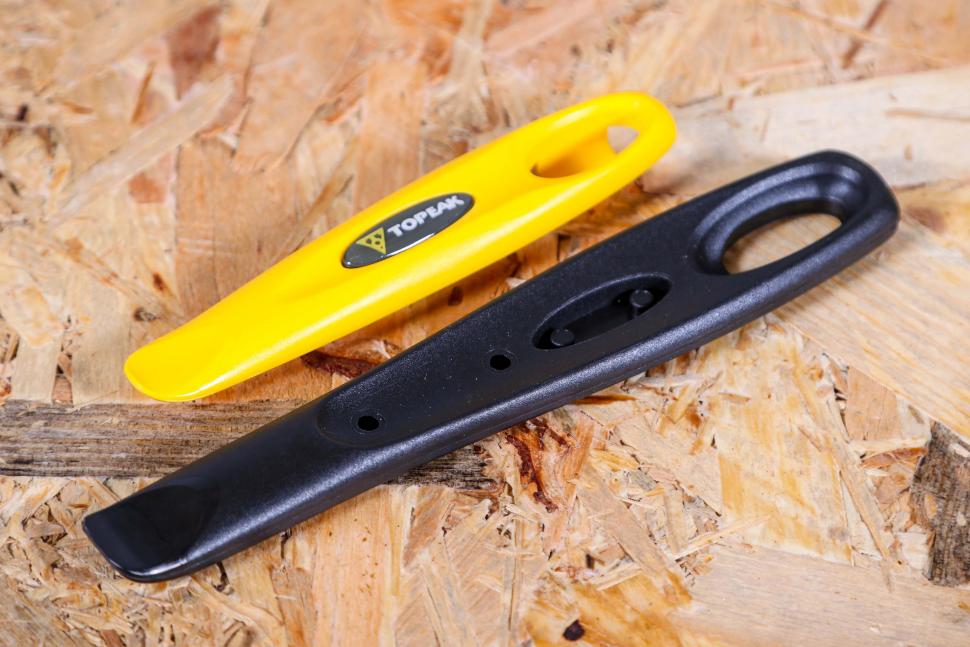

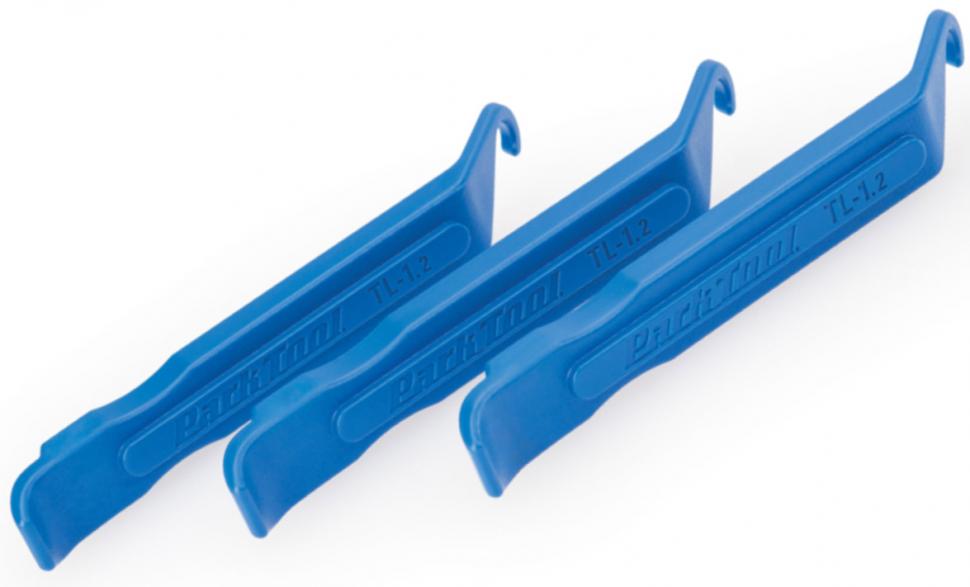

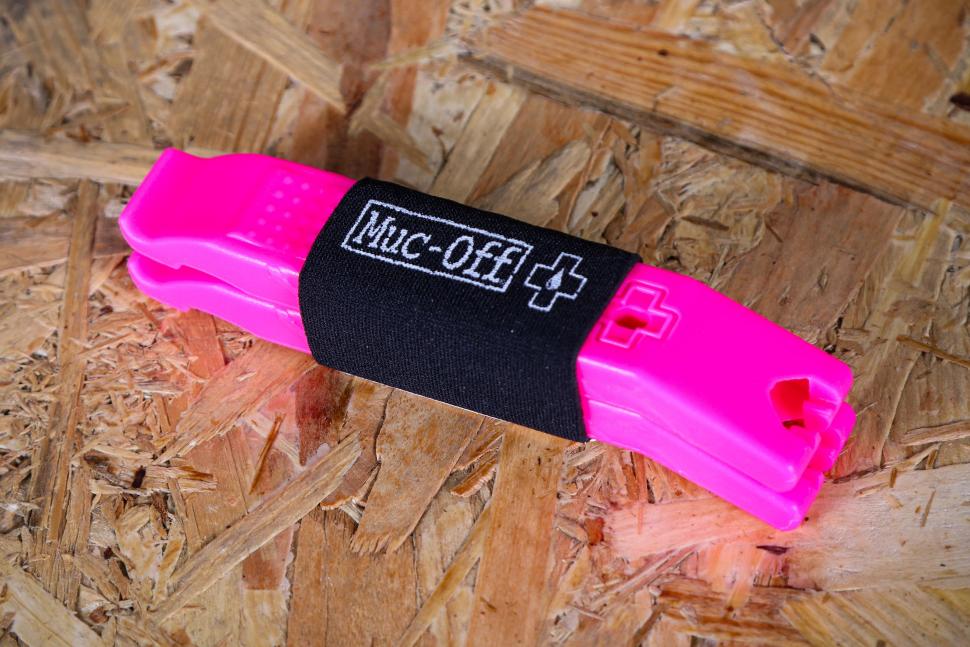
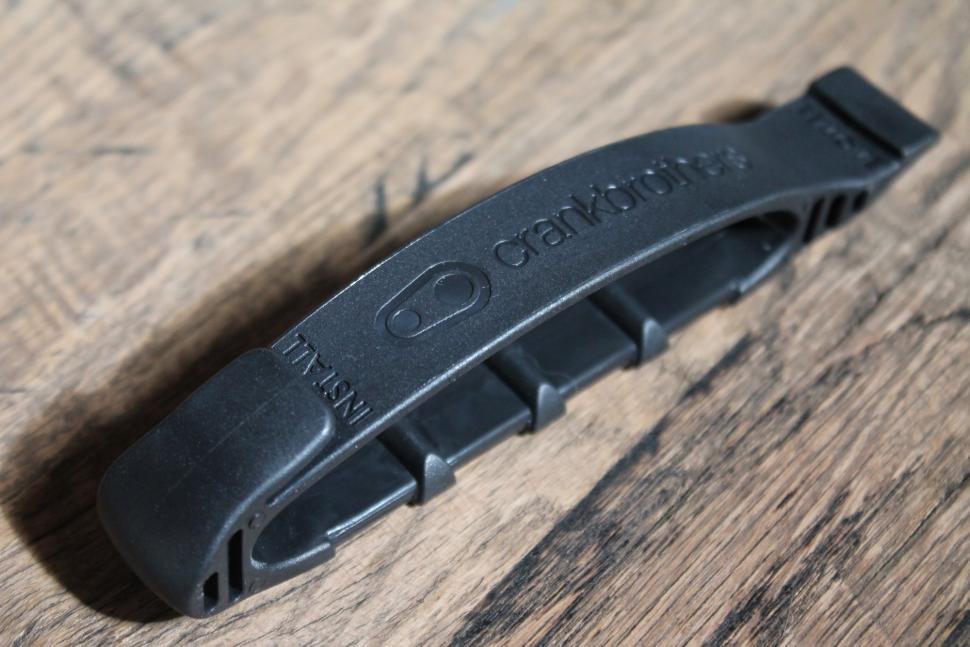
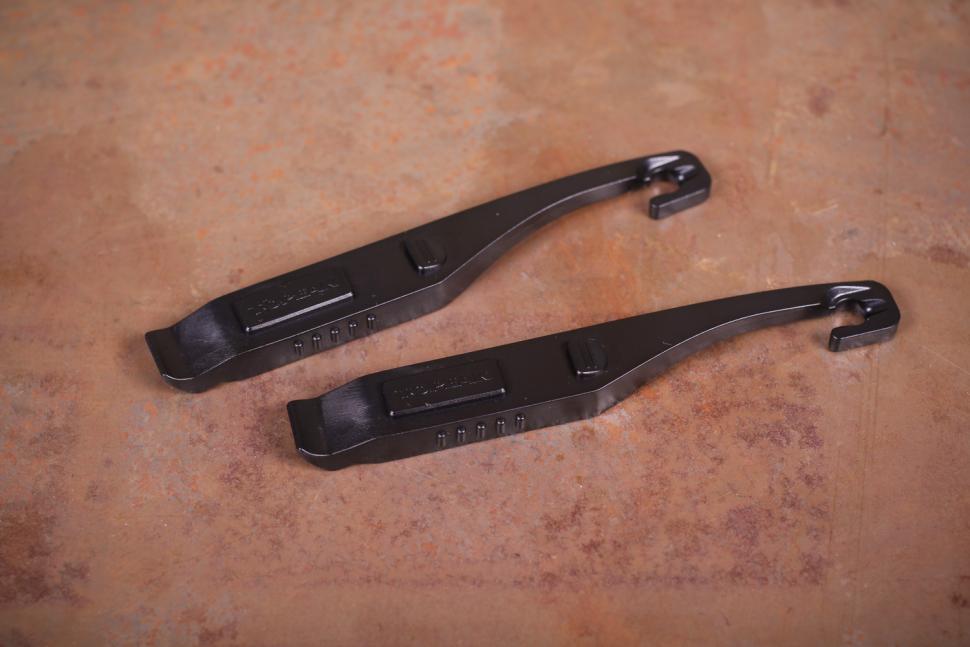

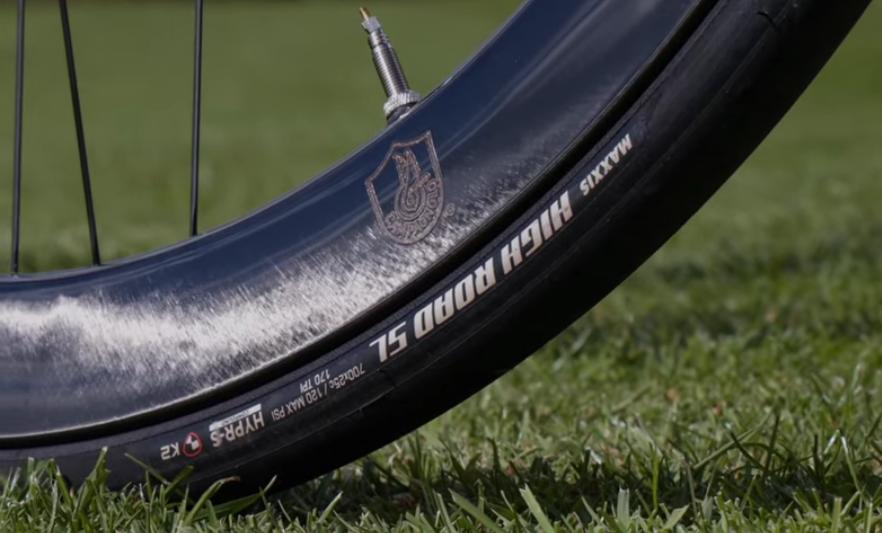
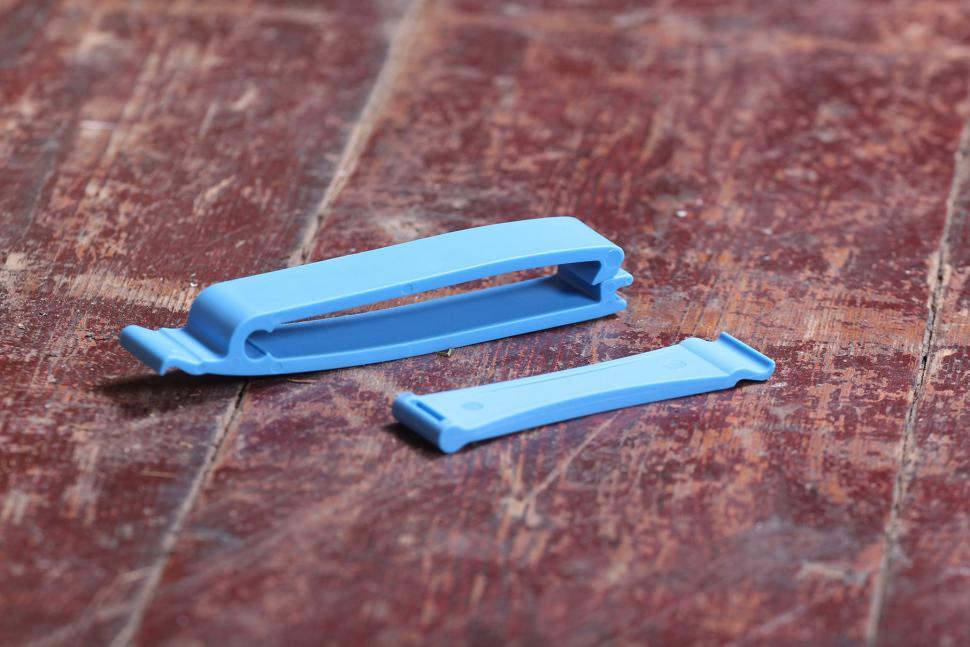

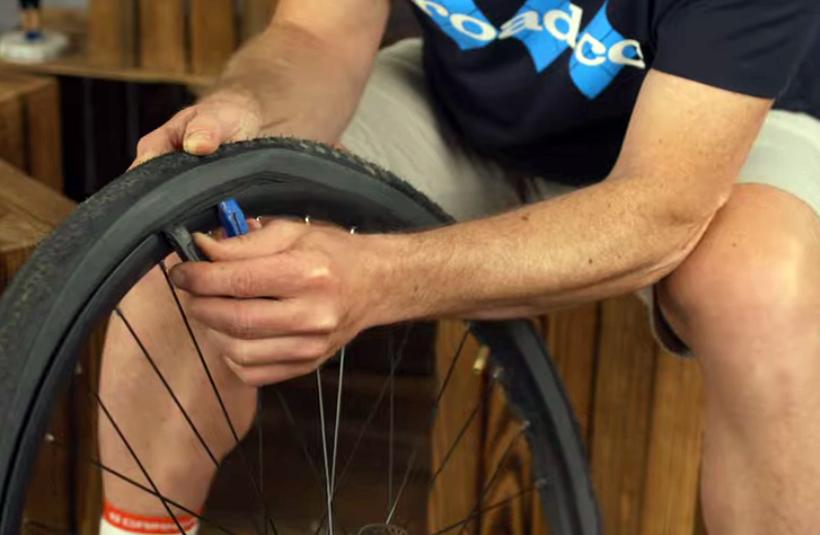
Add new comment
31 comments
I had a set from the front of MBUK I recall. I find them too wide. Think my remaining one snapped in the last couple of years.
Pages